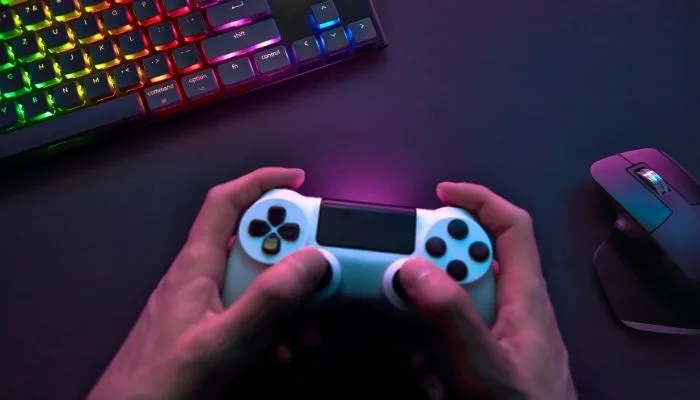Computer input devices are hardware components that allow users to input data and instructions into a computer system. They are classified into several categories, each serving a distinct purpose.
Computer input devices have come a long way from their humble beginnings. Early devices were often limited in functionality, while modern input devices have become highly sophisticated and ergonomic. The ongoing evolution of these devices continues to shape the way we interact with our computers.
Table of Contents
How Computer Input Devices Work
To better understand the functionality of these devices, it’s essential to delve into how they work. Each input device interacts with the computer through various means, such as electrical signals, infrared technology, or wireless connections. These interactions facilitate data input, cursor control, and various other functions.
Choosing the Right Input Device
Selecting the appropriate input device depends on your specific needs and preferences. Whether you’re a gamer, a creative professional, or an office worker, there is an ideal input device for you. Consider your requirements, and choose the device that best suits your tasks.
Let’s delve into the most common types of all Input Devices for Computer:
1. Keyboard
Keyboards are one of the most familiar input devices, providing a primary means of text and data entry. They come in various layouts, including QWERTY and DVORAK, and offer additional features like multimedia controls. A standard keyboard layout is depicted below:
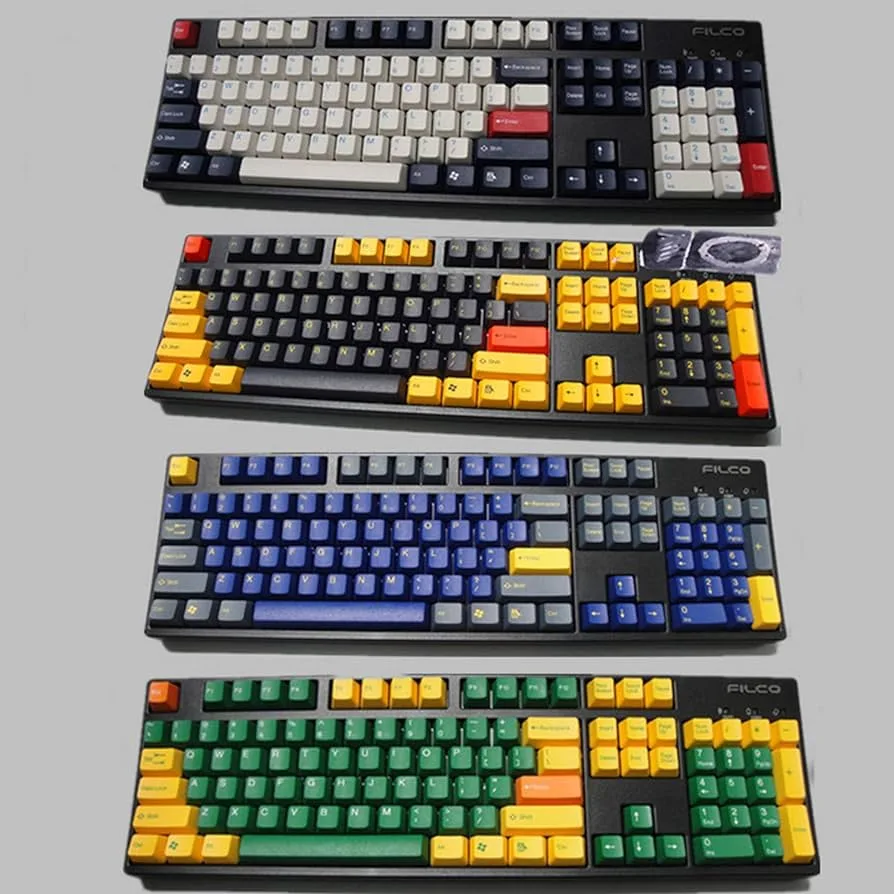
- The keyboard is perhaps the most iconic input device. It has been a companion to computers since their inception. But there’s more to it than meets the eye.
- Most keyboards follow the QWERTY layout, a design that dates back to typewriters. We explore the history and rationale behind this layout and its enduring popularity.
- Not all keyboards are created equal. Some use mechanical switches that offer a tactile feel, while others rely on membrane technology for a quieter experience. Let’s dissect these differences.
- For those who demand more from their keyboards, there are customizable options available. From ergonomic designs to specialized gaming keyboards, we delve into the world of tailored input solutions.
2. Mouse
The mouse is a pointing device that allows users to control the cursor on the screen, making it an invaluable tool for navigating graphical user interfaces. It typically features left and right buttons and a scroll wheel for enhanced functionality.
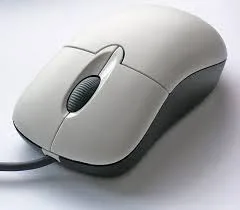
- The mouse, with its pointer and click functions, revolutionized how we navigate and interact with computers. It’s a classic input device with its own set of variations.
- There’s more to mice than the conventional optical mouse. We discuss different types, including laser mice and trackball mice, and their unique advantages.
- The transition from mechanical mice to optical ones marked a significant milestone in input device technology. We explore the science behind optical mice.
- Using a mouse for extended periods can lead to discomfort. We look at ergonomic designs and accessories that can alleviate strain and enhance user comfort.
3. Trackpad
Built into most laptops, touchpads serve as an alternative to mice. They detect finger movements and gestures to control the on-screen cursor. They are especially convenient for users on the go.

- The trackpad is a laptop’s best friend, providing an alternative to traditional mice.
- Trackpads are an integral part of laptops. We discuss their functionality and how they’ve improved over the years.
- Modern trackpads feature force touch and haptic feedback, adding a new dimension to user interaction. We delve into these innovations.
- Trackpads offer gesture support and customization options. We explore how users can tailor their trackpad experience.
4. Trackball (Old)

- The trackball, though less known, is a unique input device that offers a different approach to navigation.
- Trackballs aren’t as popular as mice, but they have their niche. We discuss the scenarios in which trackballs shine.
- The inner workings of a trackball are intriguing. We delve into the mechanics of this distinctive input device.
- Trackballs find applications in specific industries and professions. We shed light on these unique use cases.
5. Game Controllers

- Game controllers have evolved far beyond the classic joystick, offering immersive experiences for gamers.
- Modern game controllers feature advanced technology, from motion sensors to haptic feedback. We explore the evolution of gaming input devices.
- Console and PC gaming have their own unique controllers. We discuss the differences and the best choices for gamers.
- Virtual reality controllers and motion tracking have revolutionized gaming and simulations. We look at their impact on immersive experiences.
6. Joystick

- Joysticks are not just for gaming. They have a long history and serve various functions.
- While joysticks are synonymous with gaming, they have applications in aviation, industrial control, and more. We explore the versatility of this input device.
- Understanding the difference between analog and digital joysticks is crucial for choosing the right one for the task at hand.
- Pilots and flight enthusiasts rely on specialized joysticks for realistic flight simulation. We take a closer look at these intricate control systems.
7. Graphics Tablet
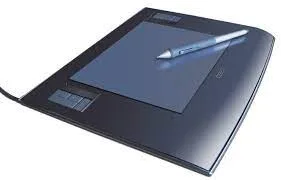
- Graphics tablets are a haven for digital artists, offering precise control for creative work.
- Graphic designers, illustrators, and animators rely on graphics tablets for their work. We explore the features that make them an artist’s best friend.
- Graphics tablets come with pens or styluses. We differentiate between these input tools and their respective advantages.
- Pressure-sensitive pens are a game-changer for artists. We discuss the importance of pressure sensitivity in graphic tablets.
8. Touchscreen

- The era of touch has transformed how we interact with devices. Touchscreens are now ubiquitous, but their technology varies.
- Touchscreens have become a standard feature in smartphones, tablets, and even laptops. We discuss their rise and significance.
- Not all touchscreens are created equal. We examine the differences between capacitive and resistive screens and their applications.
- The way we use touchscreens has evolved with the introduction of gestures and multitouch capabilities. We explore these intuitive features.
9. Pen Input

- For precision and creativity, pen input devices are invaluable tools.
- Pen input devices, like stylus pens, are indispensable for digital artists and note-takers. We discuss their advantages.
- Pen input devices are not limited to drawing; they also play a vital role in digital signatures and note-taking. We explore their diverse applications.
- Pen displays combine the functionality of a touchscreen with a pen input device. We look at their versatility in various professional fields.
10. Voice Recognition

- Talking to your computer is no longer a fantasy. Voice recognition has made it a reality.
- Voice recognition technology has come a long way, making it possible to control your computer with your voice. We discuss the evolution of this input method.
- Understanding the underlying technology of voice recognition is essential to appreciate its capabilities. We delve into the mechanics of speech recognition.
- Voice interfaces are not limited to Siri and Alexa. We explore the future potential of voice recognition in diverse applications.
11. Gesture Recognition

- Waving your hands to control devices is no longer science fiction. Gesture recognition has arrived.
- Gesture recognition technology uses cameras and sensors to interpret hand and body movements. We explore how it works.
- Precise gesture recognition relies on depth sensing and motion capture. We discuss the technologies that enable these capabilities.
- Gesture recognition is a game-changer in the gaming world and virtual reality. We examine its impact on immersive experiences.
12. Barcode Reader
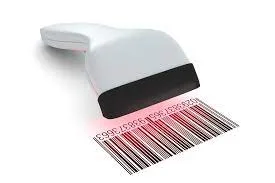
- Barcode readers are crucial for businesses, enabling efficient inventory and data management.
- Barcode readers have streamlined inventory and retail operations. We delve into their efficiency and accuracy.
- Understanding the difference between 1D and 2D barcodes is essential for choosing the right barcode reader.
- The retail industry heavily relies on barcode readers for point-of-sale transactions and inventory management. We explore these applications.
13. Biometric Input Devices
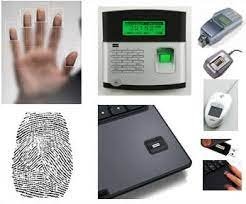
- Biometric input devices use your unique physical characteristics for authentication and security.
- Biometric input devices use fingerprints, retina scans, and facial recognition for authentication. We discuss the advantages of biometrics.
- We explore the different biometric methods and their applications in various sectors, from smartphones to airport security.
- While biometrics offer enhanced security, they also raise privacy concerns. We address these important issues.
14. Brain-Computer Interfaces

- The future of input devices may involve direct connections to our brains.
- Brain-computer interfaces hold incredible potential for direct and seamless communication with computers. We discuss the possibilities.
- BCIs work by reading brain waves and translating them into actions. We explore the science behind this technology.
- Brain-computer interfaces are not limited to gaming and technology. They have significant applications in the medical field and assistive technology.
Computer input devices are the bridge between humans and machines. They enable us to interact with our devices in a way that’s intuitive and efficient. This guide has shed light on various input devices, their functions, and their evolution over time. By understanding the intricacies of computer input devices, you can make informed decisions about which device best suits your needs. Whether it’s a keyboard for typing, a mouse for precise control, or a stylus for artistic endeavors, the world of computer input devices is rich and diverse, catering to a wide range of user preferences and requirements.
